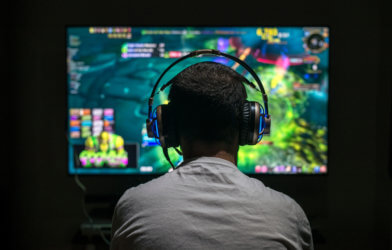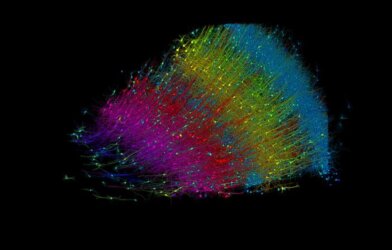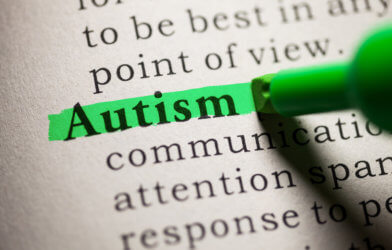Social media could be to blame for a rise in tic severity in teens, an alarming study warns. Increasing time spent on apps like Instagram and TikTok among teens and young adults has led to a possible link with worsening neurodevelopmental disorders.
Tics are characterized by sudden, uncontrollable movements and sounds. While most improve over time or stop completely, they are normally the most severe from around eight years old into the teenage years. Chronic tics may eventually lead to a diagnosis of Tourette syndrome or related disorders.
Researchers studying young people with tic disorders noticed a concerning rise of social media during the pandemic, and a parallel increase in tic disorders. The small study examined 20 teenagers and young adults between ages 11 and 21 years old who struggle with tics.
The report does not mention which apps in particular may be tied to greater risk. TikTok, which saw a steep rise in use during lockdown, is now the most popular social media platform among young people globally. A November 2021 report shows that TikTok and Snapchat led the way in popularity for U.S. teens, followed by Instagram.
Social media use and tic severity levels
Of the group studied, 65 percent of the participants reported using social media an average of six hours per day. Nearly all participants (90 percent) of the participants say they used social media more during the pandemic than previously.
In addition, the survey shows that 85 percent indicated their tic frequencies worsened during the pandemic. Half say that social media had negatively impacted their tics.
Researchers found a significant correlation between an increase in tic severity and reduced quality of life with increased social media use during the COVID-19 pandemic.
For example, researchers asked participants to rank their tic severity using a scale of zero to six, with zero being least severe and six being most severe. On average, those who reported no increase in social media use ranked their tic frequency during COVID-19 as four. Those who reported increased social media use ranked their tic frequency during COVID-19 as five.
“Given the known increases in social media use during the pandemic, as well as the parallel increase in tic disorders that we have seen in our clinic, we investigated whether there was any correlation between social media use and tic symptoms,” says study author Dr. Jessica Frey, from the University of Florida, in a statement.
“Our results have begun to shed light on the impact that the COVID-19 pandemic and increased social media use may be having on teens and young adults with tic disorders,” she continues. “More research is needed to better identify the exact stressors that are leading to more severe tics so we can work to reduce stressors for those who are experiencing them.”
The study was presented at the American Academy of Neurology’s 73rd Annual Meeting.
Report provided by South West News Service writer Joe Morgan












